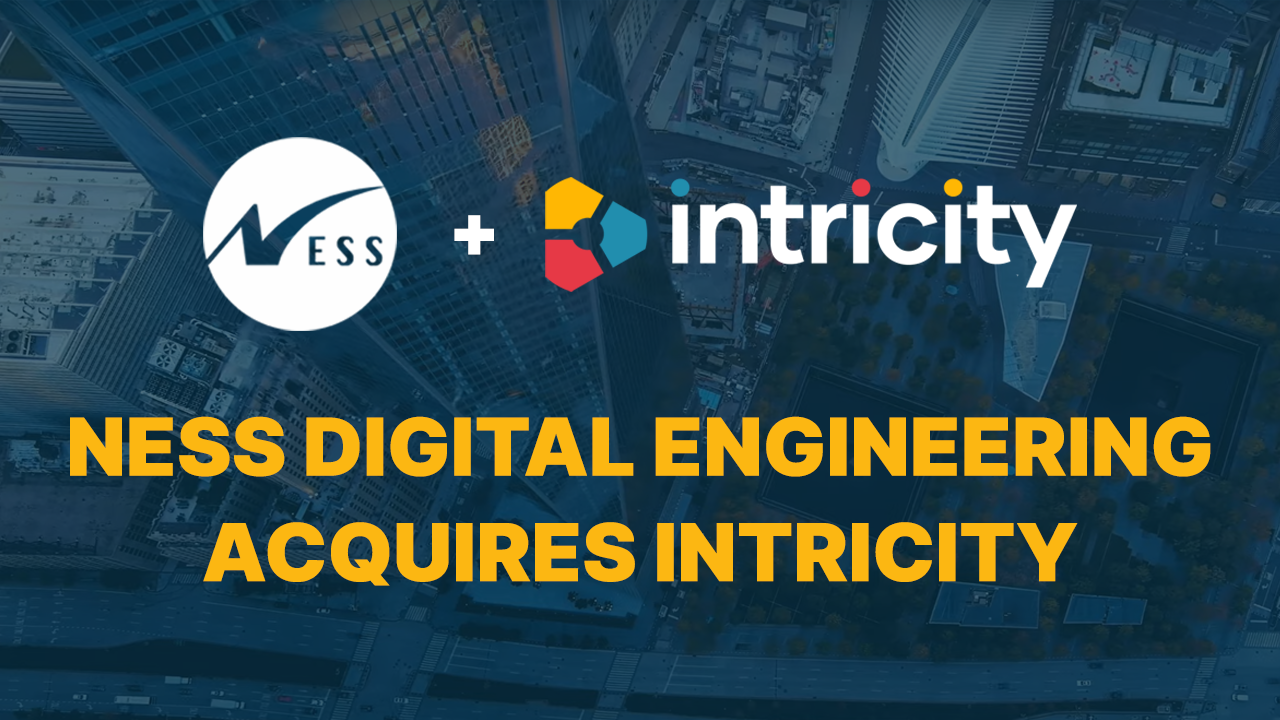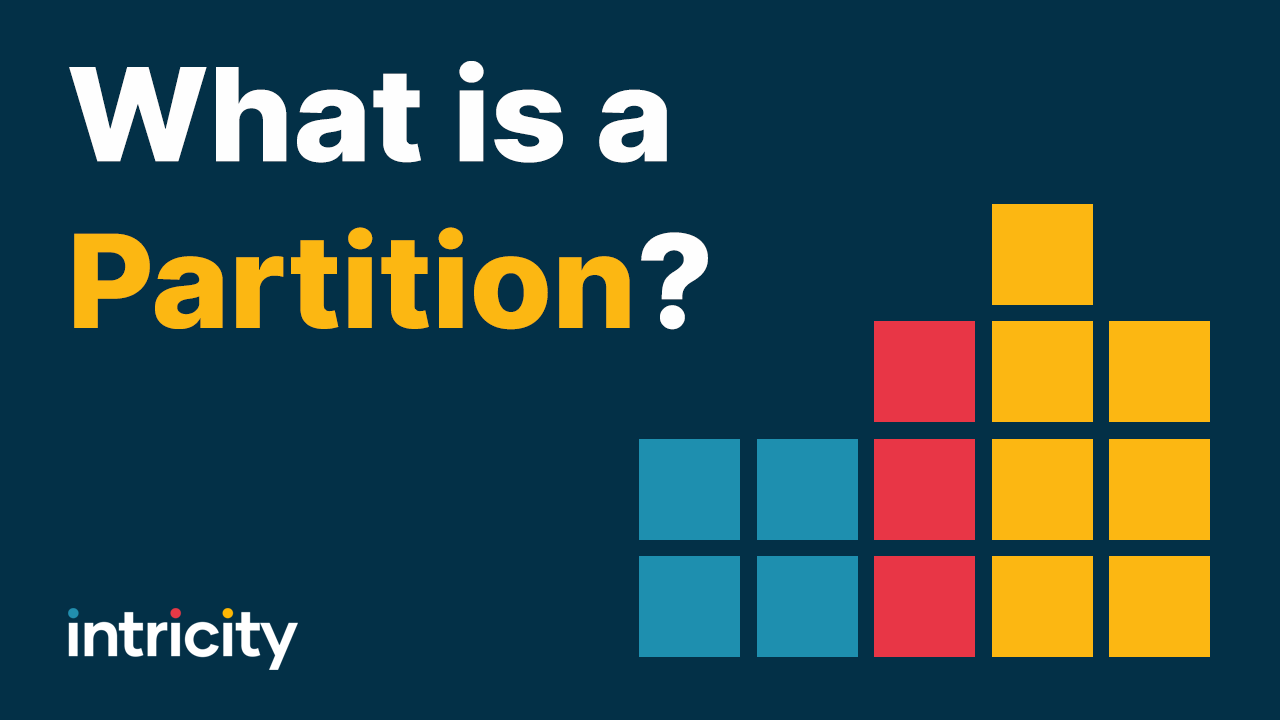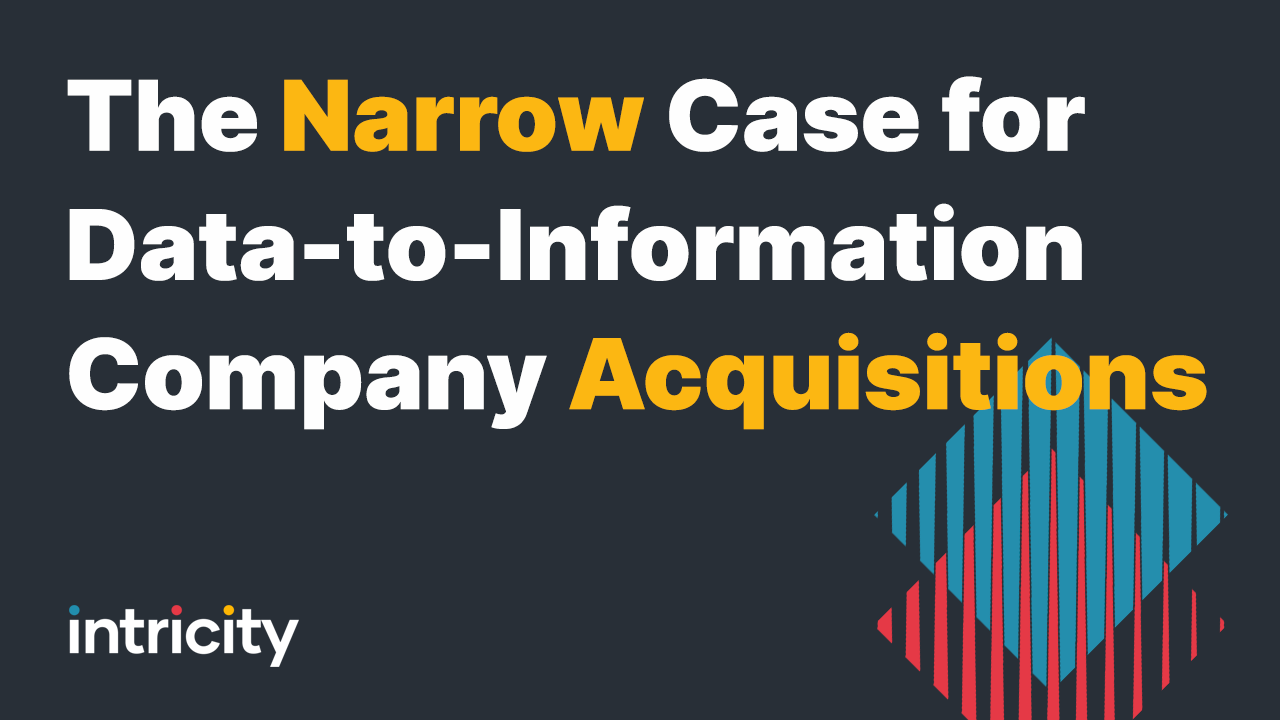Understand what problems a Data Governance program is intended to solve and why the Business Users must own it. Also (more…) learn some sample roles that each group might need to play.
Here is a link to the Whitepaper: Data Governance: The Cat Herders Toolbox
Text from the Video:
Imagine that you purchased a computer and expensed it to your company. You fill out an expense report and follow the process so you’re expecting to get paid back soon. On the accounting side of your company, somebody sees your unusually high expense report which prompts them to give you a call. Can you imagine your response to the call being “you’re the dollars guy, so you figure it out?” It is true that the accountant is the “dollars guy” but not only would that response make it harder for you to get paid back, but the accountant simply doesn’t have the story behind why you needed to buy that computer.
Well, the same is true with your data. The “data guys” are in IT but they don’t create that data. So when your data is inconsistent between systems and doesn’t roll up well, guess who they’re going to call? That’s right, the Business Users. But unfortunately, data problems don’t come in dribs and drabs like our expense scenario but rather in mass quantities of transactions and interactions inside application systems. So setting up a one-time call or meeting isn’t going to fix the issue.
And this is where so many organizations end up with a no-man’s-land. IT doesn’t have enough context to fix the data and the Business Users believe this to be an IT issue. This impasse causes lots of problems which will reveal themselves in a variety of ways:
- Reports don’t roll up right because the data isn’t correct
- Different systems have their own customer records
- Standing up a new system requires lots or rework
- Business rules end up being something somebody puts in a departmental spreadsheet to get figures to add up
- Cross selling is nearly impossible because there isn’t a consolidated profile of the customer’s interactions with the company
The list goes on and on…
Fixing this issue requires… a cat herder. It requires somebody that can get a lot of people to do something they don’t want to add to their busy schedules. Which in this case is Data Governance. So in this video we’re going to talk about what a Data Governance program is, and what roles people should have.
A Data Governance program is something designed to help the organization tackle this no-man’s-land head on. And this is done by organizing all the critical stakeholders’ involved. Unfortunately in many organizations this ends up becoming a doughnut meeting. You know the meeting that everybody goes into to get the free doughnuts? So to make the Data Governance Program work you need to follow a couple of basic guidelines.
- IT should NOT own the Data Governance Program
- They don’t create the data!!!
- IT should be a participating member on the Governance team, but having them own it creates the wrong impression out of the gate
- IT should develop the frameworks to enable the Data Governance processes to be repeatable and scalable
- This includes Master Data Management software deployments
- Data Quality software deployments
- Data Retirement software deployments
- Security Software Deployments
- Etc…
- This means Business Stakeholders SHOULD own the Data Governance Program and here’s why
- They will be the point people in assessing all the changes that need to be made to the data
- And there will likely be process changes that need to take place to ensure that the data quality issues don’t continue
- Also the business process owners may need to come together to agree on terminology
For example the Warehouse Management Team may believe that the term “Delivery” means when the product has left their dock. But the sales team calls a “delivery” when it arrives at the customer’s doorstep. While the support team may call the “delivery” when the product has been installed.
If we are going to set standards we need to have either agreement on renaming conventions or logic to keep the naming conventions in tact so the IT team can build a framework around it
And then finally, some of the rules that will need to be in place will require some political sponsorship to come down with tiebreaking decisions
Let’s not forget that some people have spent their life’s work building these systems and processes so there is a lot of personal investment we’re dealing with in many organizations
Data Governance meetings should be driven by a rolling 6-12 month plan so they can track progress against the desired end state
This keeps the meetings from being doughnut meetings
And it makes tactical assignments and their relevance to the end goal something that is clear in everybody’s mind
Make sure that the business participants have clear roles to play. For example:
Owners should provide the political tie breaks and instruction for IT on setting up or changing policies within the MDM tools
Data Stewards should advise owners on policy decisions and Approve data changes by the users
Users determine record corrections that the MDM tool couldn’t decipher automatically and also provide recommended rules or updates for the Data Stewards, so they can reduce the number of required manual updates
There is no cookie-cutter way of setting up a Data Governance team. Intricity has helped build Data Governance programs within a variety of political corporate landscapes. I recommend you visit Intricity’s website and talk with one of our specialists. We can help you design a Data Governance program that doesn’t end up in a pile of stale doughnuts.


